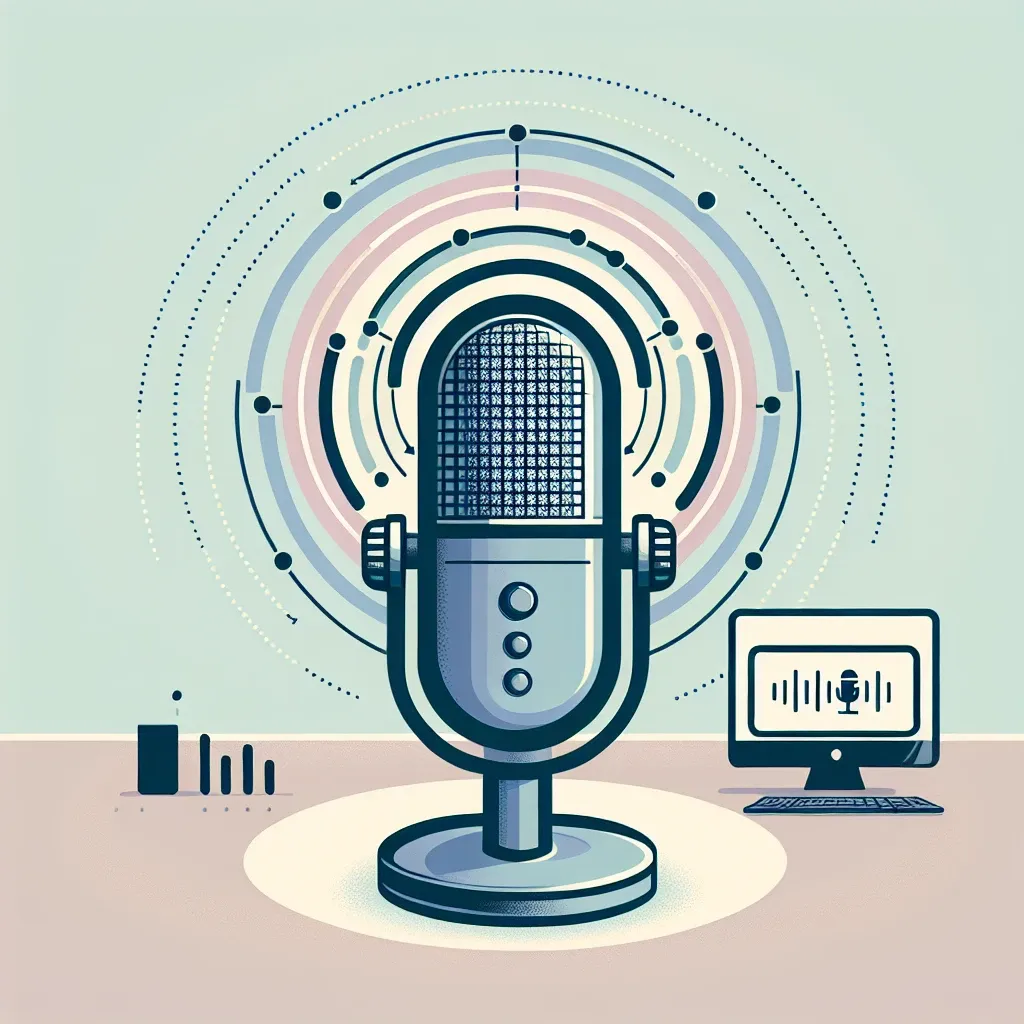In the rapidly evolving world of technology, computer microphones have undergone significant advancements. One of the most notable innovations is the incorporation of multi-pattern polar designs. These designs offer enhanced versatility and functionality, making them ideal for a variety of applications. But why do some computer microphones feature multi-pattern polar designs? Let’s delve into the intricacies of this technology.
Understanding Polar Patterns
Microphones capture sound in different ways, depending on their polar patterns. A polar pattern is a three-dimensional space around the microphone capsule where the microphone detects sound most sensitively. The three most common polar patterns are omnidirectional, cardioid, and bidirectional.
| Polar Pattern | Characteristics | Common Use |
|---|---|---|
| Omnidirectional | Captures sound from all directions equally. | Conference calls, room recording |
| Cardioid | Captures sound primarily from the front, with some sensitivity to the sides. | Podcasts, gaming, vocals |
| Bidirectional (Figure-8) | Captures sound from the front and back, but not the sides. | Interviews, duet recordings |
The Benefits of Multi-Pattern Polar Designs
Multi-pattern microphones are equipped with the ability to switch between different polar patterns. This versatility makes them suitable for various recording scenarios. Here are the main benefits:
- Flexibility: Users can adapt the microphone’s sensitivity depending on the environment and the specific recording needs.
- Improved Sound Quality: Being able to choose the most appropriate polar pattern can reduce unwanted noise and enhance the desired audio.
- Cost-Effective: Instead of purchasing multiple microphones with different polar patterns, one multi-pattern microphone can serve multiple purposes.
- Streamlined Workflow: Switching between patterns can be done quickly and easily, facilitating a smoother recording process.
Applications of Multi-Pattern Microphones
Multi-pattern microphones are particularly useful in the following scenarios:
Podcasting and Streaming
Podcasters and streamers often encounter varying sound environments. A multi-pattern microphone allows them to adjust the polar pattern to minimize background noise and focus on their voice, ensuring clear and professional sound quality.
Music Recording
In a music studio, different instruments and vocals require different recording techniques. A multi-pattern microphone can quickly switch from a cardioid pattern for vocals to a bidirectional pattern for recording a duet or an omnidirectional pattern for capturing the ambiance of a room.
Interviews
For interviews, especially in uncontrolled environments, a multi-pattern microphone can be adjusted to capture the voices of both the interviewer and the interviewee clearly, even if they are positioned differently.
Technical Aspects of Multi-Pattern Microphones
Understanding the technical aspects behind multi-pattern microphones can provide deeper insights into their advantages. Here are some of the technical features worth noting:
Dual-Diaphragm Design
Many multi-pattern microphones feature a dual-diaphragm design. This means they have two separate diaphragms that can be combined in different ways to create various polar patterns. This design ensures greater precision and versatility.
Electronic Switching
Modern multi-pattern microphones often use electronic switching to change polar patterns. This can be done via a physical switch on the microphone or through software controls, offering ease of use and reliability.
Advanced Audio Processing
Some high-end multi-pattern microphones incorporate advanced audio processing techniques to optimize sound capture regardless of the chosen polar pattern. This includes noise reduction technologies and digital signal processing (DSP).
Choosing the Right Multi-Pattern Microphone
When selecting a multi-pattern microphone, consider the following factors:
- Purpose: Identify the primary use of the microphone to determine which polar patterns are most crucial.
- Budget: Multi-pattern microphones range in price. Balance your budget with the features and quality you need.
- Compatibility: Ensure the microphone is compatible with your existing equipment and software.
- Build Quality: Look for a well-constructed microphone to ensure durability and reliability.
Popular Multi-Pattern Microphones
Some popular multi-pattern microphones that are highly regarded in the industry include:
- Blue Yeti USB Microphone
- Audio-Technica AT4050
- Rode NT2-A
- AKG C414
- Shure KSM44A
Each of these microphones offers different features and price points, catering to various needs and preferences.
Conclusion
The inclusion of multi-pattern polar designs in computer microphones is a significant advancement in audio technology. This feature offers flexibility, improved sound quality, and cost-effectiveness, making these microphones suitable for a wide range of applications, from podcasting and streaming to professional music recording and interviews. By understanding the benefits and technical aspects of multi-pattern microphones, users can make informed decisions to enhance their audio recording experience.

